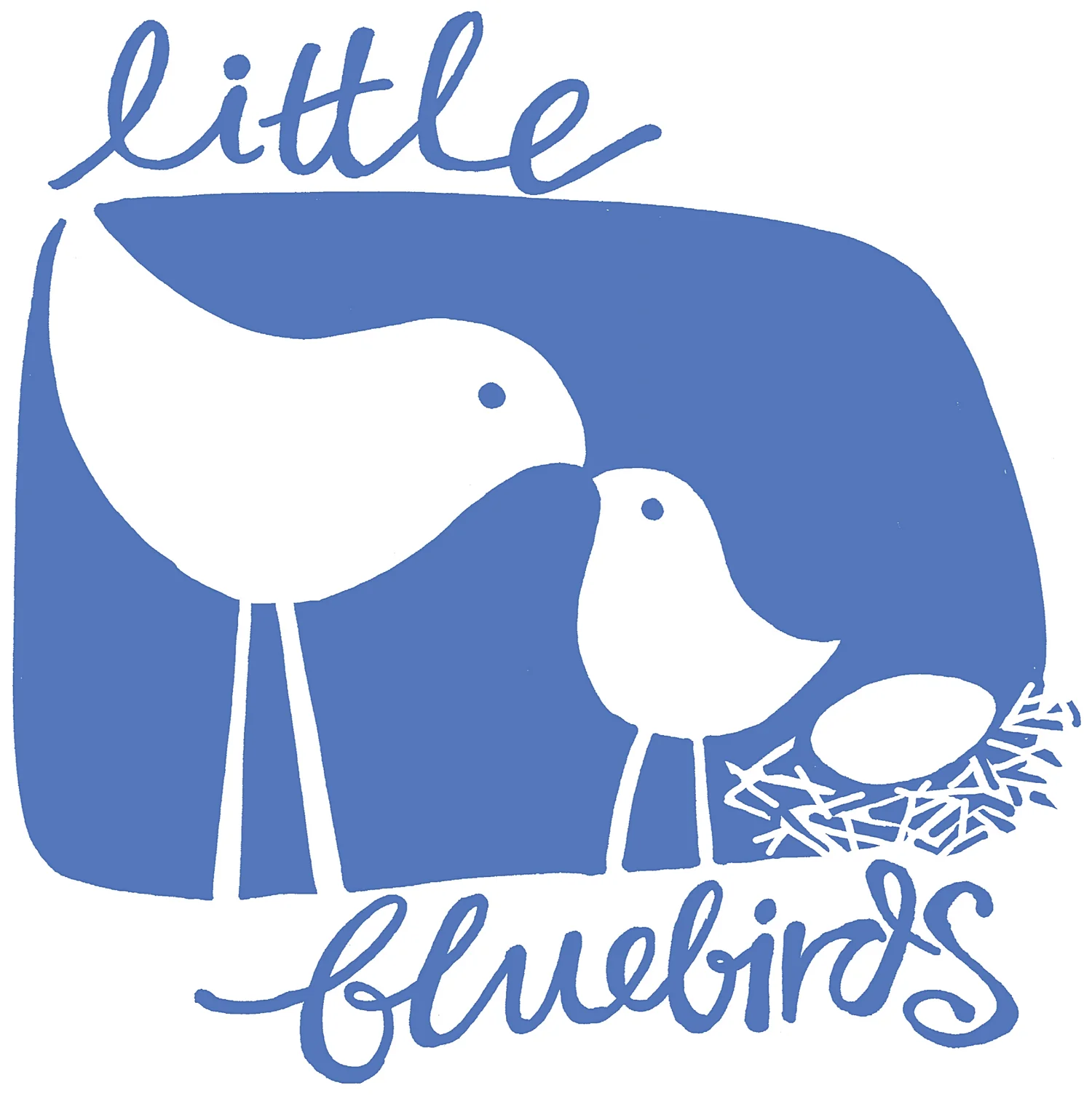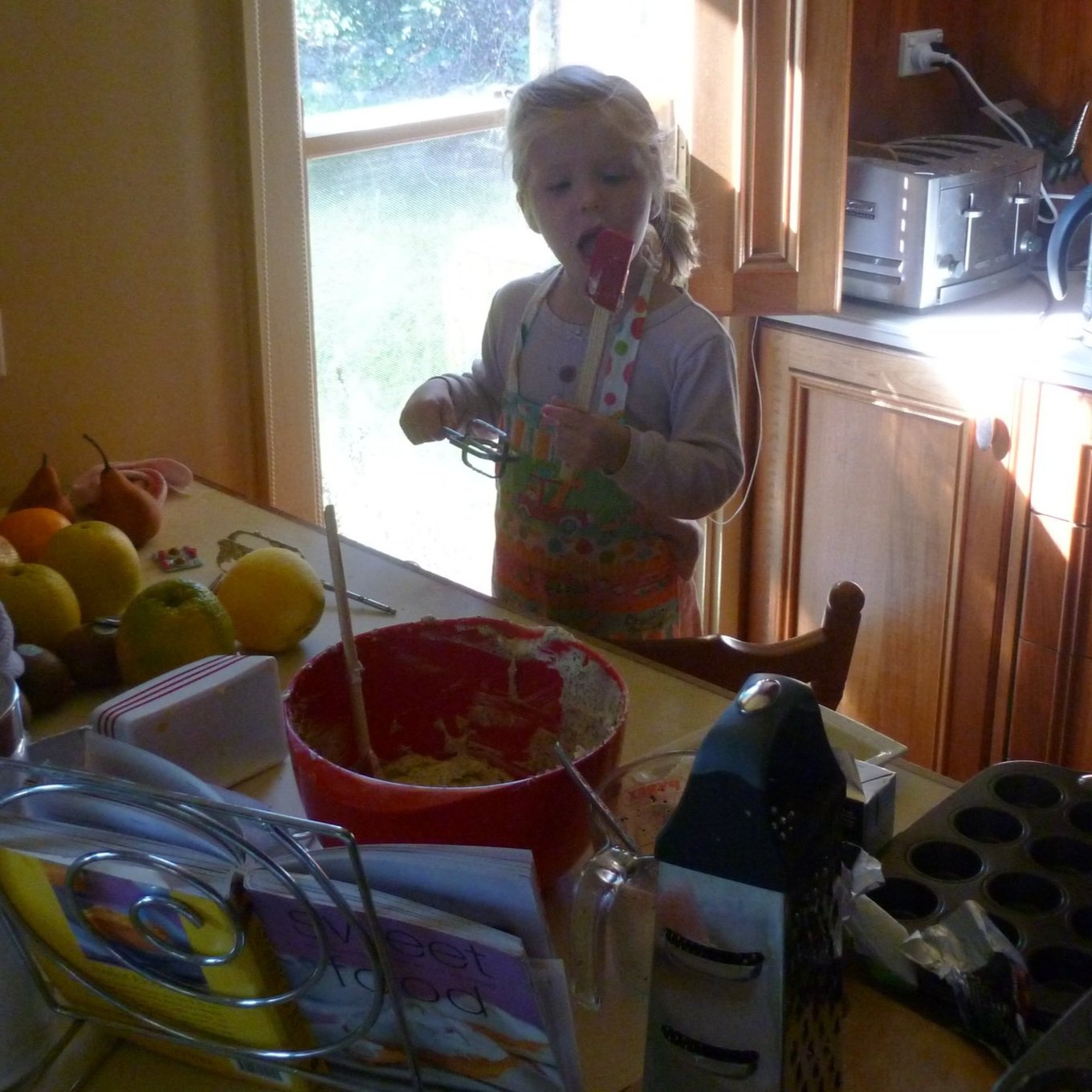Kids in the Kitchen - Part One
Do you ever cook with your kids? For some this may bring great memories, for others a big no way, that’s too hard! There are so many benefits to getting kids helping out in the kitchen, and it really can be a lot of fun.
As Part one of a 2-part blog, here are 3 tips to help you get prepared for getting the kids into the kitchen;
Getting set-up
Having some proper tools is a great way to start and there are many options;
Sitting on the bench - this is obviously dependant on your house! It is possible to do this, but can be unsafe if your child is wriggly, unpredictable, not interested or doesn’t have the physical skill.
Standing on a stool - again, depends on your house, the size of your child and the size of the stool! This can be unsafe if your child is leaning too far on the stool, if the stool is at all slippery on the floor surface, or if the stool makes them too tall. See what works for you, but be mindful of kids slipping and falling off. For novices especially, keep it really stable.
Bring the table to the child - create a surface that is at your child’s height - mix, pour, chop on a kid-sized table and you be the one to change your height to accommodate.
Sit your baby in a high-chair while you cook, so they can observe what you’re doing. Or pop them on the floor with some pots and pans and a wooden spoon! (obviously just underfoot is not ideal if you’re cooking with heat over a stove.
Thinking about safety
From a safety point of view - here are some of my ALWAYS habits that I have taught my kids. Bear in mind that I am traditionally a messy cook, and I’m pretty blasé about rules in my kitchen. I favour creativity over orderliness! But I have a couple of solid rules when the risks of injury are high;
Any appliance is immediately turned off at the wall when not in use - my habit for appliances such as a beater or a stick blender is to get everything ready, keep all fingers out of the way, pay attention, turn it on at the wall, use it as required, then immediately turn it off at the wall again. This prevents anyone (including me) from accidentally pressing a button that will make an appliance spin, chop or move.
Hold the handle of the pan when you are mixing or stirring - as your kids get older and build their skill in the kitchen, they will progress to cooking over a hot pan. It’s helpful if they know from an early age that pans can topple if not stable. I am careful to prevent an accidental spill as this could be very harmful for anyone, even more so a small child.
Keep knives out of the way - I was pretty chill about my kids chopping with sharp knives from an early age (2-3yrs). BUT they had done a lot of observing and a lot of cooking before they got to this stage (and lots of pretend chopping with those wooden vegies that have velcro connecting the pieces). No way would I give a child a sharp knife easily! When they did use the knife, I was mindful of their attitude, their focus and their capacity in the moment. Even when they were all fine on these measures, I would always put the knife away from the edge of the bench/table if not being used. Actually, I was alert at all times to where the knife was, to avoid accidents.
Always be mindful of little fingers - little hands and fingers can move so quickly! To push something off a bench, reach for something on the chopping board while you are chopping, reaching for knives, eggs etc. Sometimes this is just about avoiding too much mess, which may or may not be important to you. When it comes to injury though, it becomes worthy of attention! So keep your habits safe. If you get your child to put the chopped vegetables from the chopping board into the pot, then build the habit that they wait for you to finish chopping, you put the knife to one side, then they can collect the chopped vegetables and put them into the pot. It’ll take much longer, but you’ll limit potential for injury.
Teach them about “hot” from a very young age. Have your baby on your hip when someone else is cooking and tell them about “hot”. I’ve known people to make quite a show about the oven and stove being “hot”, with hand gestures and a shake of the head. You can try to give them a sense of what “hot” feels like, so they can learn the concept of hot, without causing injury. Understanding “hot” is a big part of being safe with kids and cooking.
There are real risks to cooking, but there are also many, many benefits and rewards. If it feels overwhelming and you don’t know where to start, just start small.
Be prepared for mess and chaos;
If you’ve had anything to do with children’s kitchen adventures, it is not generally a clean, orderly affair! If you’re one for chaos, then jump on in and see what happens. If you need a bit more structure, to help you manage;
Get out one ingredient at a time. This will definitely take more time, but gives less opportunity for little fingers to drop, throw or smoosh things while you’re distracted.
Involve your child/ren in all aspects of the cooking - the hand-washing, the recipe reading, selecting ingredients from the fridge or pantry, getting out the utensils (including searching for them in the utensil drawer!). This leaves less time for them to be idly waiting (with fingers that like to touch everything).
Time the cooking for when your child is NOT hungry and is generally in a co-operative mood. If they really need to move, or push, or be really physical, then you may be setting the scene for chaos!
Time the experience for when YOU are also not too tired/hungry. Your ability to respond to the potential unpredictable nature of this activity with as much patience as possible, will improve your chances of success!
Don’t be in a rush. Have time to be relaxed about setbacks and cleaning up small spills.
Create a somewhat predictable routine for cooking. As your child builds their skill, they can remind you what comes next, and become a genuine helper.
Happy preparing! Part One is about preparing for kitchen adventures. Look out for Part Two which covers practical ideas to help you have great experiences with your kids in the kitchen.








